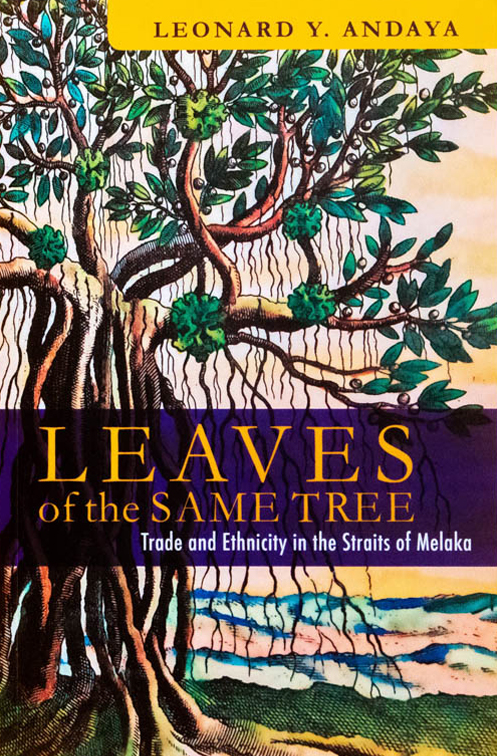
Out of Stock
Leaves of the Same Tree: Trade and Ethnicity in the Straits of Melaka
RM 54.00
- Publication Year: 2010
- Publisher: NUS Press
- Binding: Softcover
- Pages: 336 pages
- ISBN: 9789971694807

Out of Stock
RM 54.00
Summary
Despite the existence of about a thousand ethnolinguistic groups in
Southeast Asia, very few historians of the region have engaged the
complex issue of ethnicity. This book takes on this concept and
illustrates how historians can use it both as an analytical tool and
as a subject of analysis. The book identifies two general principles
of particular value: the ideas that ethnic identity is an ongoing
process and that the boundaries of a group undergo continual change
based on perceived advantage.
The Straits of Melaka for much of the past two millennia offers an
ideal testing ground to better understand the process of ethnic
formation. The Straits forms the primary waterway linking the major
civilizations to the east and west of Southeast Asia, and the flow
of international trade through it was the lifeblood of the region.
The book examines the ethnic groups along the Straits. Ethnic
communities are shown as fluid and changing, exhibiting a porosity
and flexibility that suited the mandala communities of Southeast
Asia. This book demonstrates how problematizing ethnicity can offer
a more nuanced view of ethnic relations in a region that boasts one
of the greatest diversities of language and culture in the world.